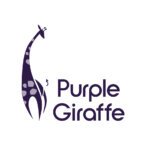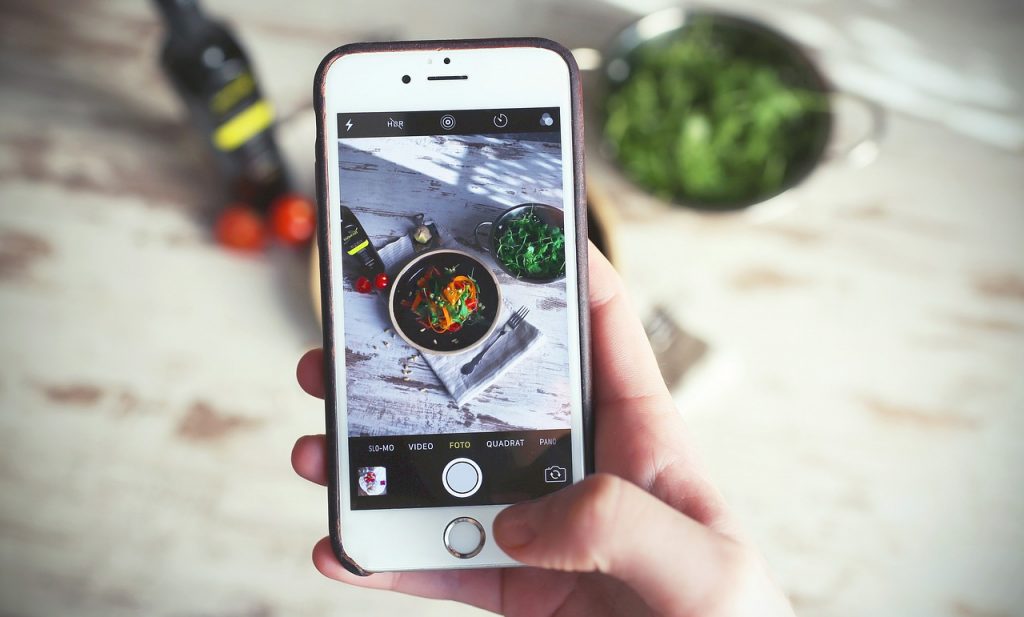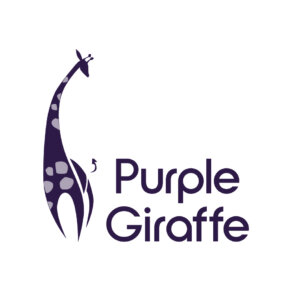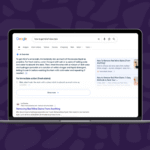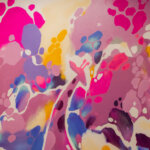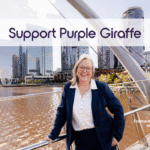You’ve heard the saying “a picture paints 1,000 words”. Nowhere is that more true than in today’s digital world.
We’re living in the age of the digital revolution where business and brands are competing with unprecedented levels of information, content and imagery which is being generated to capture the attention of target audiences.
Did you know?
- Over 4.1 billion people use the internet
- 30 billion devices will be connected to the internet by 2020
- More than 570 new websites are created every minute
- There are over 5.5 billion Google searches daily
- Every minute 400 hours of video is uploaded to YouTube, 481,000 Tweets are sent and 38 million WhatsApp messages
- Facebook has more the 2.2 billion active users and Instagram has 1.1 billion active users
- 33 zettabytes of unique data was created in 2018 (in case you’re wondering – that is A LOT)
Today, people are typically time poor and have a low attention span (fewer than 9 seconds). This combined with the huge amounts of information and content people receive each minute of every day means that high quality, appealing and attractive images are more important than ever, especially for creating engagement on digital media and social media.
People are also very visually focused with parts of the brain recognising and processing images in micro-milliseconds.
So how do you make sure your images stand out, grab attention and create thumbstopping moments as people scroll their way through their daily newsfeeds?
Here we provide some guidelines for getting the most out of your images for social media – in today’s world not only do pictures paint 1000 words, they also create invaluable thumbstopping moments compelling your audience to stop, like and engage with your brand online. Priceless.
TOP RECOMMENDATIONS FOR SOCIAL MEDIA IMAGES/ARTWORK
While “in the moment” amateur photographs can be ideally suited to social media due to their authenticity, there are some minimum guidelines that are helpful to represent your business and brand in the best light and achieve the best response and attract high engagement.
Furthermore different types of images are suited to different social media platforms and different functions within each platform. Being aware of this when capturing images allows more flexible use of the images.
- Avoid zooming in: Images captured on phones are suitable for social media purposes. However, take care to avoid zooming in which often results in a low quality, blurry image. Images can be edited and cropped after if needed.
- Use a variety of orientations: Take images in both landscape and portrait orientation so they can be used for a wide range of posts across a variety of platforms.
- Take multiple pictures: Always take more than one shot and try to mix things up so there are options available.
- Use natural light where possible: Avoid harsh unnatural lighting where you can, natural light is the ideal lighting for pictures.
- Make sure subjects and the background are clear of mess or clutter: Images should be clean and clear of clutter and mess or other distractions to make your images aesthetically pleasing and present your business in the way.
- Focus: When capturing an image tap on the screen in the area of focus to ensure your image isn’t blurry.
- Resolution: Upload files with at least 1000-2000 pixels on the long side for best results.
- Editing: Avoid excessive editing or over-use of filters.
- Image Composition: Use the ‘rule of thirds’ to achieve balance in your image composition. The general rule is to break down an image and visualise it in thirds, both with horizontal and vertical lines, which gives you 9 imaginary boxes on your proposed photo. The 4 most inner lines on your grid are your guides for placing focal points in your photo, as seen with the bee’s eyes becoming the focus in the image below (Digital Photography School, 2019).
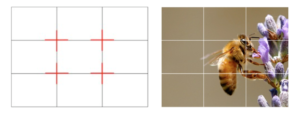
SOCIAL MEDIA IMAGE/ARTWORK DIMENSIONS
Each social media platform has different specifications for optimum image dimensions. It is useful to be aware of these dimensions when composing and capturing images or creating artwork for use on social media.
| Platform | Dimensions | Platform | Dimensions |
| Instagram Post | 1080 px x 1080 px | Instagram Story | 1200 px x 1920 px |
| Facebook Post | 940 px x 788 px | Facebook Story | 1200 px x 1920 px |
| Facebook Event | 1920 px x 1080 px | Facebook Cover | 820 px x 312 px |
| Facebook Ad | 1200 px x 628 px | Snapchat Geo Filter | 1080 px x 2340 px |
| Twitter Post | 1024 px x 512 px | Twitter Cover | 1500 px x 500 px |
| YouTube Channel Art | 2560 px x 1440 px | YouTube Thumbnail | 1280 px x 720 px |
| Pinterest Graphic | 735 px x 1102 px | LinkedIn banner | 1400 px x 425 px |
TOP RECOMMENDATIONS FOR WEBSITE IMAGES
Your website is often your first opportunity to introduce your brand and create an impression of your brand and your business, so it is important to create a good one.
- Professional Images: Consider hiring a photographer to take professional and unique images authentic to your business. You will need to have a clear idea of what is required and outline a clear brief to your photographer. Be sure to understand who owns the copyright of the images after and how they can be used.
- Quality: Clear, crisp images are best for websites especially if they are to be featured in full screen.
- Be consistent: Ensure that the images are consistent with your brand, brand messaging and unique selling proposition and suit the purpose on the website. For example larger landscape images suit backgrounds, banners and headers, smaller images are best for product shots.
- Have a range of product shots: Depending on the set-up of your website and product needs it’s usually best to have a few shots of your product so customers can see certain details. Have ‘stand alone’ product shots and also lifestyle product shots available.
- Image size: For most ‘full page’ web images the image size should be 80Kb – 100Kb at most. If the image is only part of a page, then 20Kb – 30Kb is better.
- Image dimensions: The ideal dimensions for websites are 800 x 533px. Although the optimum image size will differ between platforms and themes used and so before having photos taken for your website it is best to check the best size dimensions with your web developer.
- Image name: Name your images descriptively and in plain language. This will help with Search Engine Optimisation (SEO).
- Only use owned images: To avoid any potential copyright issues only use images you have taken yourself or have purchased and have proof of purchasing.
- Deep etch product shots: For product shots in a sales cart, it is best to present them as ‘deep etched’ (ie transparent/no background) and the same size if possible so the background is consistent on a multi-product page and the product itself is the focus.
Stay in touch with news and updates from Purple Giraffe. Subscribe to our newsletter here.
Contact Form
